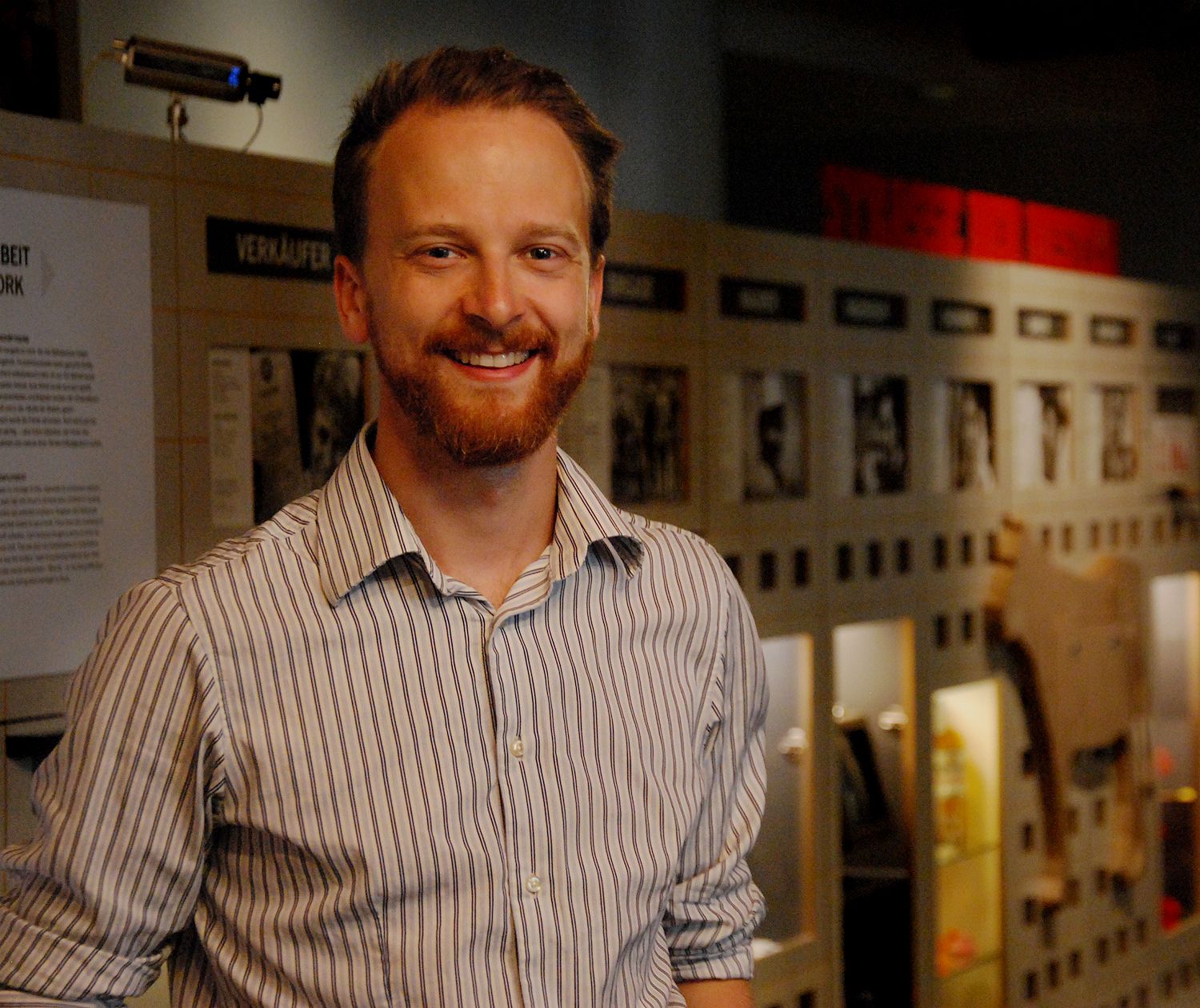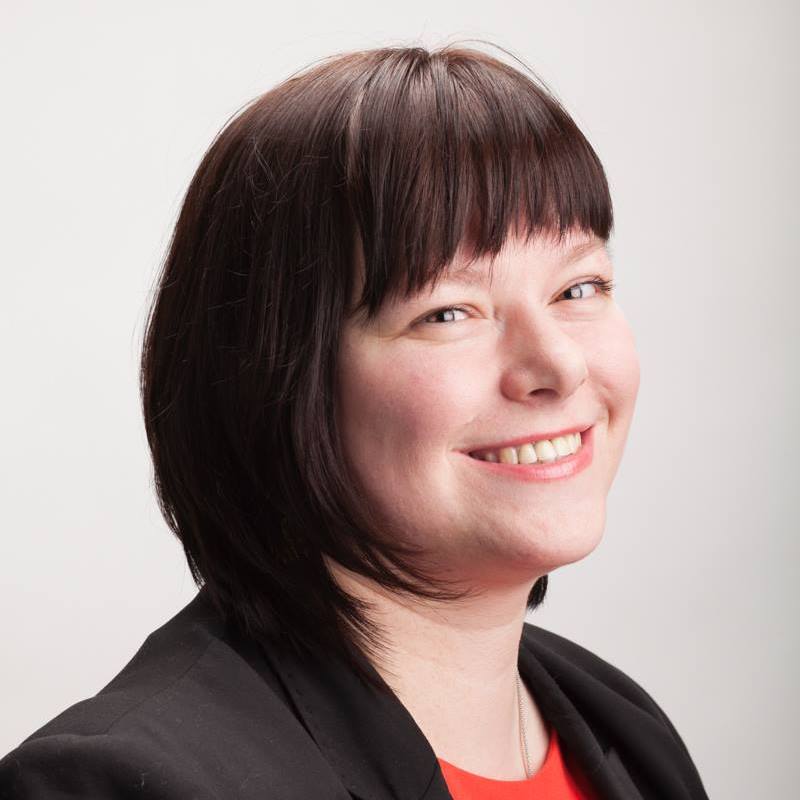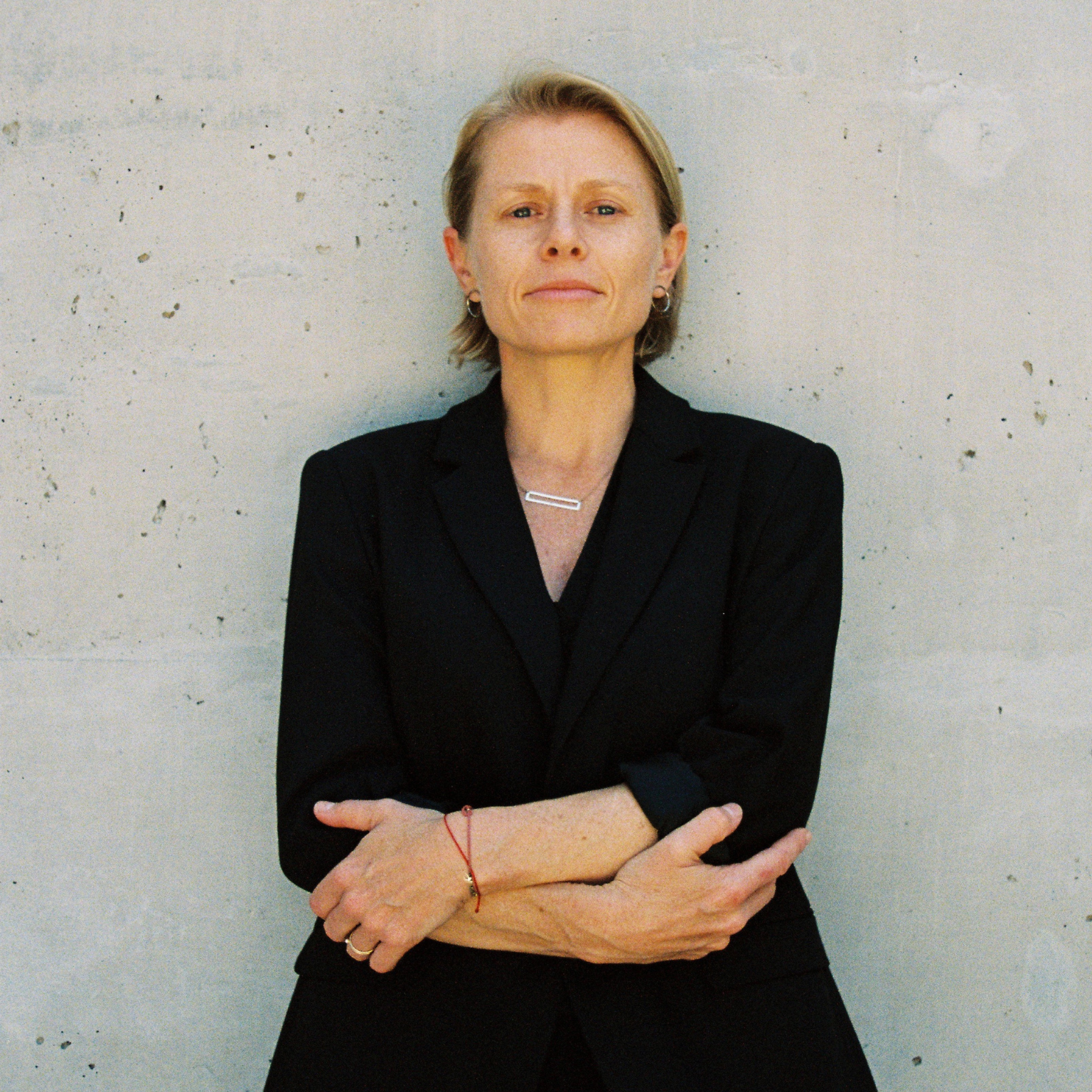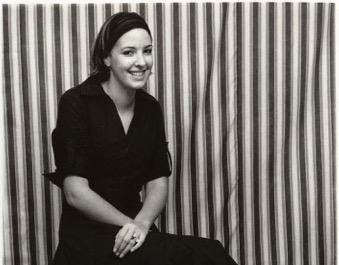Michael Geithner is Head of Digital Media at the DDR Museum in Berlin.
1. How did you live the #MuseumWeek experience? Did you notice any new dynamic in your institution since then?
We already joined the #MuseumWeek in 2014 and it was great fun every year. The DDR Museum is about East German History during the Cold War and it’s one of the most interactive museum I know of, so #MuseumWeek perfectly fits the whole idea of the museum itself. The team enjoys to dive into this very playful week and every year we all rediscover how playful social media can be and how wonderful our community out there is. You could also say, it makes more and more fun every year.
We gained a lot of followers and could interest people from all around the world into German History. The #MuseumWeek helped us to spread our own Hashtag #ddrmuseum to stay in touch with the community in the rest of the year.It was great to involve some people from the museum staff, who never have any contact to social media stuff, like our janitor. I just made a very short vine of him cleaning the exhibition and he got back 4.700 Impressions. Since then he definitely knows, what Twitter is:
Marcel bereitet die Ausstellung für die Besucher vor! #MuseumWeek #secretsMW /mg https://t.co/dahabcJaYe
— DDR Museum (@ddrmuseum) 23 mars 2015
2. During the event, was there the opportunity to invite specific audiences like fans, Instagrammers, artists, influencers acted upon…?
Basically everybody is invited, all over the world. Every visitor can be an artist or Instagrammer, but always is an influencer, who is welcome to share whatever comes into his or her mind. The exhibition of the DDR Museum encourages people to interact with it’s exhibits and of course to take pictures and share them. We offer free Wi-Fi and during the #MuseumWeek we will monitor the hashtag of the day, with a short explanation and a call to action.
3. What is the benefit for your institution to be on Twitter?
We get in touch with our visitors – experts, collectors or just people, who are interested in the DDR and museums. It is wonderful to see, how people get creative inside the exhibition, where they can interact with basically everything, like dressing up with some historical clothes, take a picture of it and send it out into the world. They share their individual museum experience with us, but of course also their friends and probably their friends’ friends… We can ask them what they liked or disliked about the exhibition and so we also collect valuable feedback for our own work: One short Tweet and you can get in touch with us. It’s easy, I like that.
What also becomes more and more important is crowd-sourcing, that we are doing during the creation of the new exhibition. For example we let people vote on the „new“ wallpaper for our rebuilt living room inside the museum or the shape of the couch. There are many people on Twitter, who lived in the DDR and they share their memories with us. This is also fun for our curators, because there are always these moments of: „What would the visitors say, if…“, and then we can just ask them. (I really wish, Twitter adds the option of adding pictures to polls very soon, like they did it on this other thing called Google+.)
Die Küche im DDR Museum braucht buchstäblich einen Tapetenwechsel und ihr wählt welche es sein soll! /mg pic.twitter.com/BiFURSECuH
— DDR Museum (@ddrmuseum) 16 novembre 2015
Did I mention, that it is great to be connected to other museums? Berlin has about 170 museums and about 35 of them are on Twitter – so who knows what happens if there are 70 or 100. Twitter is an always changing and still growing platform, that encourages you to experiment with it. I like to experiment.
Interview by @benben71 and @ljaubertie



